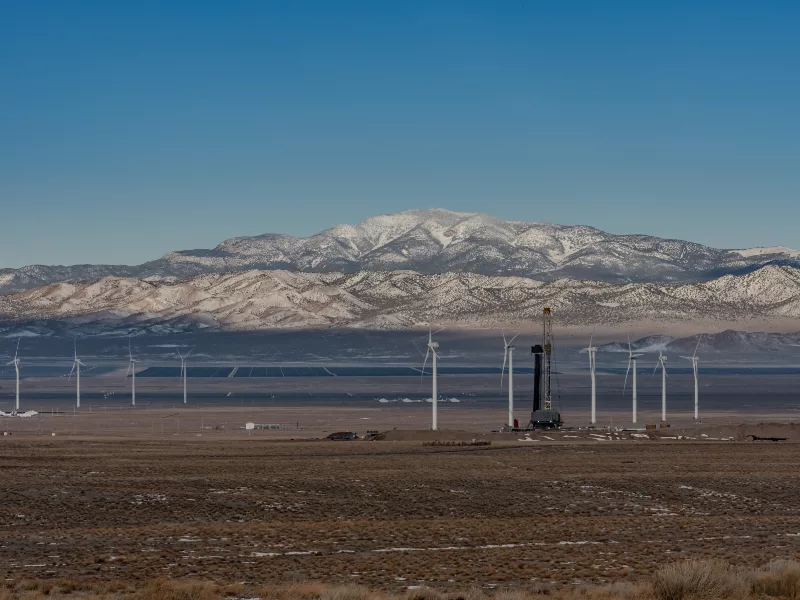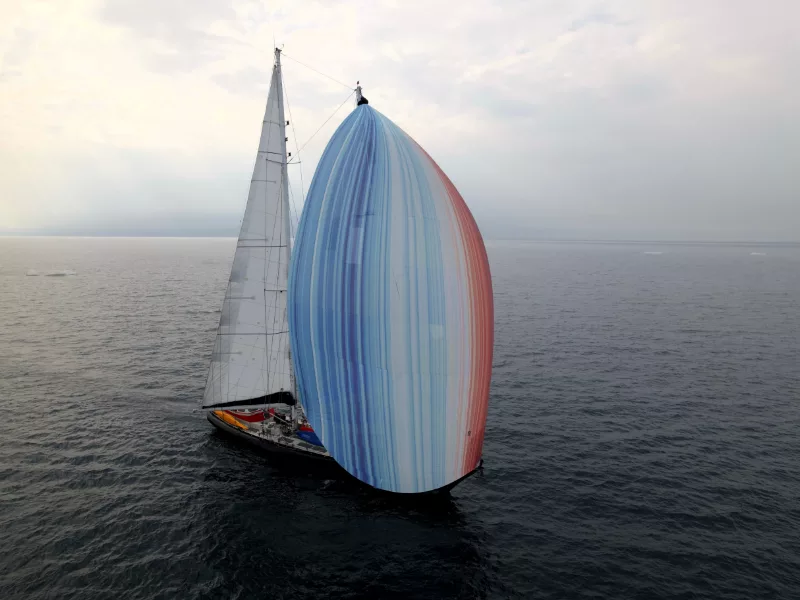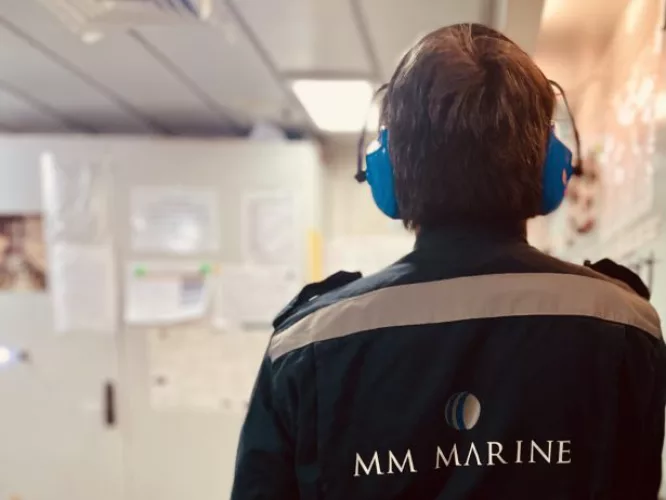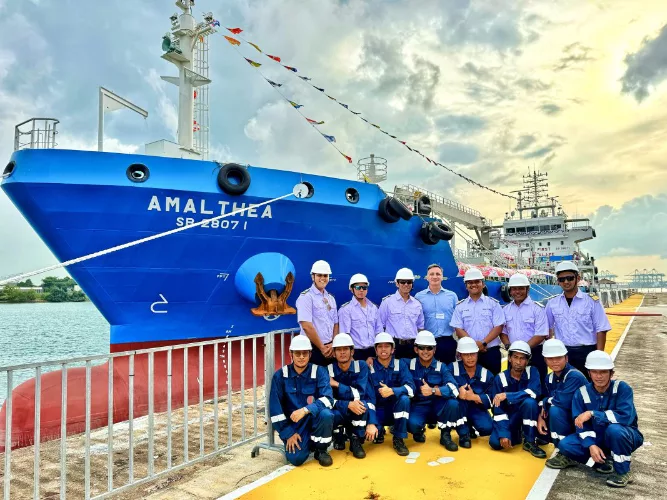Partner Profile
N+P
N+P is headquartered in Nieuw Bergen, Netherlands and is a pioneer in the field of waste derived alternative fuel production and supply.
Location
Netherlands
Category
Recycling
N+P is headquartered in Nieuw Bergen, Netherlands and is a pioneer in the field of waste derived alternative fuel production and supply. In 2021 N+P’s developed a new production location in the United Kingdom that will process over 300,000 tons of non-recyclable waste per year.
The company is leading the way with innovations to substitute fossil fuels with non-recyclable paper and plastic waste fractions. This partner profile provides further insights into this remarkable company.
Why a partnership between N+P and Mercuria?
For example, alternative fuels are produced from the non-recyclable end of life waste streams: it is predominately a mix of paper and plastics, which typically end up in landfill. N+P uses non-recyclable waste fractions that would otherwise be landfilled or incinerated as feedstock to produce alternative fuels. By switching to the alternative fuels produced by N+P, various industries can not only reduce their costs prices, but also benefit from significant CO2 savings and contribute to landfill diversion. It also provides these industries with new incentives on how to best reduce their carbon footprint.
How is N+P accelerating the energy transition?
Rising CO2 prices is increasing the potential value of alternative fuels. For example, pulverized alternative fuel (PAF) can help a cement plant increase its alternative fuel substitution up to 100%. PAF is used to substitute the initial 10% of substitution, or the final 25% of fossil fuels with minimal alterations to the plant. In many cases PAF can be dosed in using fossil fuel dosing equipment, or underutilized systems like MBM silos.
Moreover, PAF can be handled, transported and processed easily. It can be supplied as a milled fuel, using variety of modalities like silo (tanker) trucks or walking floor trailers. Industry users can also mill the pellets on site themselves.
What are key characteristics of alternative fuels?
Alternative Fuels are specifically produced to meet requirements from existing pyro processes in order to substitute fossil fuel in existing installations. N+P aims to achieve both chemical and physical properties in order to maximize the substitution of fossil fuel while maintaining process stability: depending on the application up to 100% of fossil fuels can be substituted.
The production of alternative fuels also requires a mindset of finding opportunities for innovation within a systemic problem. For example, China’s decision to ban the import of plastics reverberated globally. The country was the world’s largest importer of waste plastics and processed hard-to-recycle plastics for other countries. Its ban meant that refuse derived fuel (RDF) streams would have higher calorific values globally. With no value for the plastics, many recycling companies choose to not pick out more plastics from mixed wastes. This would potentially pose both a systemic problem and a new opportunity as many solutions for waste are designed for a specific quality range.
N+P began pushing companies to split both fractions to get the optimal waste solutions for each individual quality. It is a well-known issue that high calorific streams tend to have less options available apart from landfill. However, lower calorific value streams are perfectly suited for many domestic and abroad located waste incineration plants. Traditionally, N+P works from the back end of the supply chain: the company focuses on the quality which is needed at the end users, and either buys or produces the right quality from various types of waste to achieve optimal waste solutions. This approach benefits the suppliers as well as the end users in the complete waste value chain. Lower grade materials, typically within a 8-12 GJ/ton range, are supplied within many of N+P’s long term supply contracts, to users within the UK and within Europe. There are also a number of possibilities for materials which are in-between the standard RDF and SRF qualities, or mid-CV range (12-16 GJ/ton). For higher quality materials, N+P typically has a number of solutions all focused on the replacement of primary fossil fuels such as coal, in various applications all over the world. The growing need for sustainable alternative fuels is an important element of Mercuria’s partnership with N+P.
N+P is creating a new facility in the United Kingdom (Teesside) that will be one of the most modern alternative fuel producing facilities in the world. The yearly input capacity will be between 200-250,000 tons, mainly high cv type RDF streams. The output capacity is around 180-220,000 tons of high quality alternative fuels, designated for both the domestic as well as the international market.
N+P has now started to source and contract non-recyclable waste streams such as MRF rejects, Industrial Residues and plastic residues for the new Teeside facility.
To substitute solid fossil fuels in industrial processes, N+P is using a patented process called to convert the higher CV ranges to a high quality fuel pellet. These pellets offer significant value to its end users, as typically the pellets hold over 80% of the energy compared to coal, whilst still having a biogenic content of over 50%. The stable and high quality of these fuel pellets has proven itself at a number of different applications, including cement, lime, steel and power plants. This process save up to 1.3 tons of CO2 for every ton of coal replaced. This means the production capacity of the new facility equates to the substitution of approximately 160,000 tons of coal with the potential savings of 208,000 tons per year of CO2 . There are now plans for a second facility for the UK market of a similar size.
Which industries will benefit the most from N+P’s alternative fuels?
For example, the cement industry is currently the biggest user of waste derived alternative fuels. It was reported in 2016 that cement production globally generated around 2.2 billion tons of CO2 (equivalent to 8% of the global total) with more than half of these emissions coming from the calcination process. 90% of the industry’s emissions is attributed to the production of cement clinker that results from the thermal combustion process. Alternative fuels can be used in the calciner and main burner to help kilns achieve 100% substitution.
Another example is the lime industry: the calcination of limestone (calcium carbonate) to produce quicklime (calcium oxide). Because of the high quality of the fuel (low ash content), and the different physical forms which can be produced; alternative fuel used in both vertical as horizontal lime kilns to substitute the primary fuels. Alternative fuels can also be used in steel blast furnaces to reduce the coking rate by injecting at the bottom of the blast furnace using bespoke equipment or together with pulverized or granulated coal systems.
Alternative fuels can also mitigate the impact of coal fired power stations that still in use. It is a cost effective option for such power stations to reduce their CO2 missions and also reduce the cost of using conventional coal. Recent successful trials proved that 100% coal substitution is possible in a power plant.
2024 PARTNER PROFILES
Silvania
Fervo Energy
Ocean Science Expedition
Geonoma
Reporting areas
Governance
Planet
People
Prosperity









